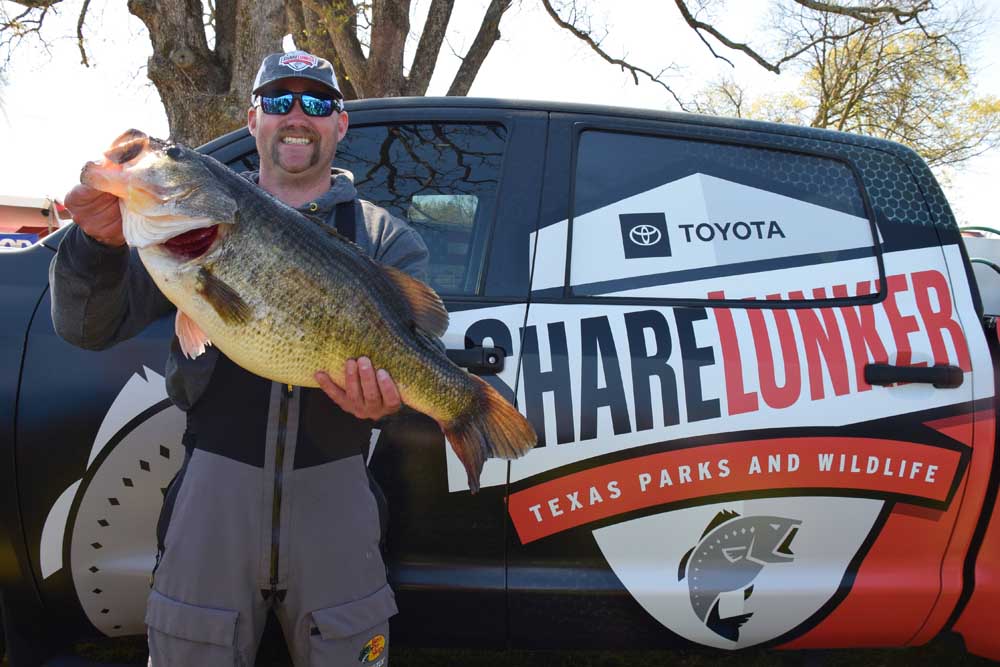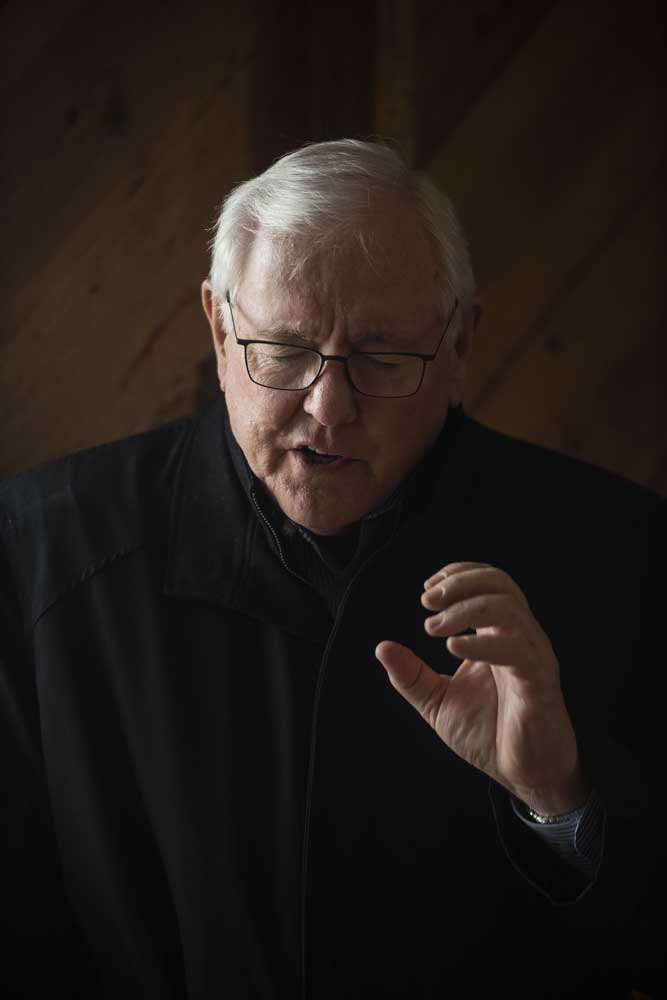Back to the Future: Ups and downs at Lake Fork blamed for ShareLunker drought
Published 9:19 pm Friday, December 27, 2024

- Tanner Spurgin caught one of the last two in 2021.The lake has provided 39 percent of the program’s 669 total entries. (TPWD/Courtesy)
The Texas Parks and Wildlife Department’s Toyota ShareLunker program was built on the back of Lake Fork. It started just before Thanksgiving in 1986 when guide Mark Stevenson boated a 17.67-pound — a then-state record.
Since then the lake has produced 262 other bass 13 pounds and larger for the hatchery program, including the current 18.18-pound state record from 1992.
Historically, Fork has produced 39 percent of the all-time 669 ShareLunker entries, but most of those came before 2015. The lake has produced 24 of the top 50 largest bass recorded in the state, but nothing new since 2013.
The lake also has not had a ShareLunker since 2021, and that year it produced two.
Fork has been supplanted in recent years by O.H. Ivie lake that has produced 51 ShareLunkers in recent years. During the 2024 ShareLunker season that runs Jan. 1-March 31, the 19,000-acre western Texas reservoir yielded 12 or 19 entries. It had 15 the year before, and now has seven top 50 all-time largest bass in the state, including a 17.03 in 2023 and a 17.06 in 2022.
So why has Lake Fork fallen off, and will it return?
“The simplest answer all points at the combination of water levels, how they influence shallow habitat, mostly vegetation, and how those two combined impact spawning successes. The formula for quality fish on Fork is easy. Controlling it, not so much,” said Jake Norman, TPWD Inland Fisheries district biologist.
Norman said when the lake has a lot of shallow habitat in the spring, spawning success is high. When it does not, weak year classes are noted.
“Typically, a lake the size of Fork can sustain one bad year class without seeing a change in overall fish abundance, but mix in a few in a row and you see the abundance of fish trend downwards. We have some significant gaps in the population from poor year classes/poor spawns during the prolonged drought from 2010-2013,” Norman added.
He said this is important when it comes to ShareLunkers because fish that top 13 pounds today were most likely spawned somewhere between 2010 and 2014, which falls into those poor class years.
“The chances of abundant ShareLunkers in the lake today were reduced over a decade ago, and we are just seeing this play out over the last few years,” Norman said.
The lake, now 44 years old, is showing signs of a turnaround thanks to the wet years that come behind the dry ones.
“We have an impressive number of 6-9 pound bass in the lake from quality spawns as the lake recovered from the drought, mostly from the 2014-2016 year classes. Theoretically, we should see more of these fish eclipsing 10 pounds this coming year, and more also pushing 13-pounds plus,” Norman said.
He added that beyond water fluctuation at the lake, very little has changed according to surveys.
“The genetics are still the same in the lake, the forage base is outstanding and quality offshore habitat for adult fish is still abundant. The lake simply needs consistent spawning success to maintain year class strength and prevent noticeable gaps in our sizestructure. Again, this is a simple concept, but very challenging to influence,” Norman said.
Fishermen who catch a bass big enough to enter the program are asked to call (903) 681-0550. For more information on the ShareLunker program, along with other parts of the program that do not require entry donations, go online to https://texassharelunker.com.







